Regular readers will know that we like to take the opportunity every so often to get to know someone connected with the jewellery industry a little better! This month we have the enormous pleasure of going “through the Loupe” with Genna Delaney of Genna Designs. Genna has been super busy this year (including exhibiting every day at the Edinburgh Festival!) so we’re really pleased that this award winning designer had some time for us:
Have you found it difficult to start your own business, where did you go for help?
Thank you so much to Genna for giving us an insight into your work – if there is anyone out there who can offer Genna some high profile press coverage we think you should jump at the opportunity before someone else gets there first!
Genna makes such a great mix of beautiful jewellery that we really hope you have enjoyed the post and will look out for her in the future, can we take the opportunity to highly recommend following up with visiting her YouTube page it’s really exciting to get a close up view of the creative process. You can also find Genna on Pinterest, Twitter (@gennadesign) and Facebook.
If you are a designer, jewellery or work in any aspect of the jewellery or gemstone industry and fancy coming Through the Loupe with us please do get in touch at adventuresthroughtheloupe@outlook.com.
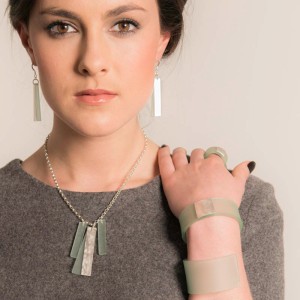
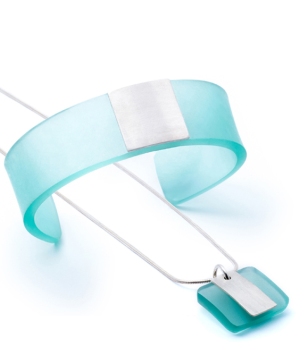
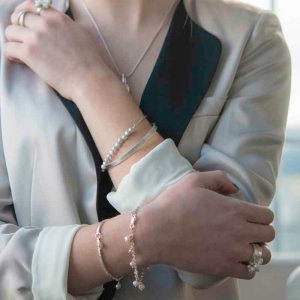
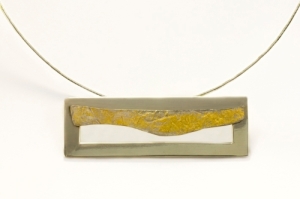



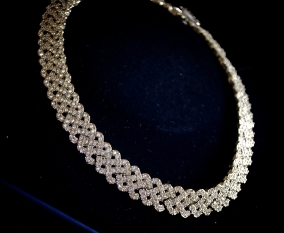
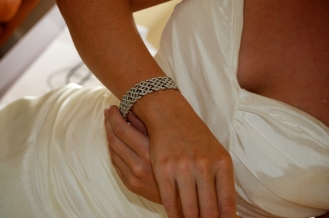 and chances are most people you pass in the street won’t be able to tell. After all how many of us have spent our journey to work staring at someone’s engagement ring wondering whether that giant rock is real or not…?! Ooh more importantly this means it’s more difficult to tell if that rock he got for you is real…hmmm that’s when it’s good to know a gemologist 😉
and chances are most people you pass in the street won’t be able to tell. After all how many of us have spent our journey to work staring at someone’s engagement ring wondering whether that giant rock is real or not…?! Ooh more importantly this means it’s more difficult to tell if that rock he got for you is real…hmmm that’s when it’s good to know a gemologist 😉